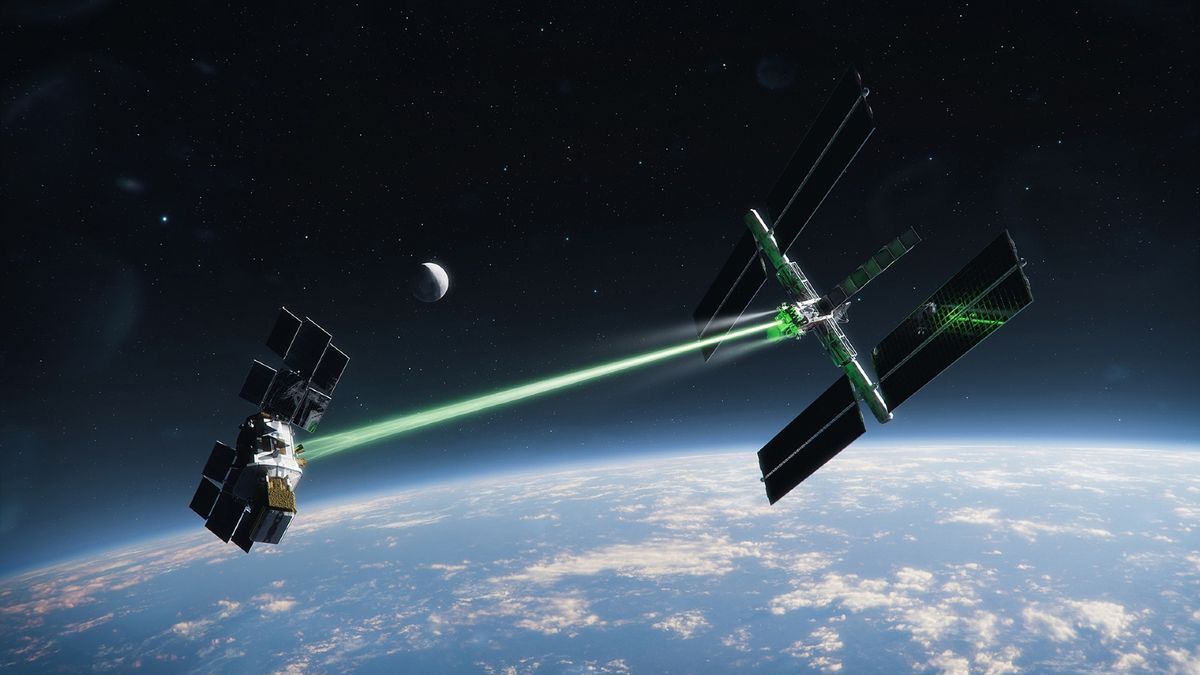This headline is a lie: a prototype is 10 years off according to the article 😐 cool research tho. Seems lacking in the practical application side.
A cure for cancer was also 10 years off… 30 years ago… and it still is 10 years off.
We do have solid cures for several different kinds of cancers. Cancer is not 1 illness. Nevertheless, I get what you’re trying to say.
Maybe should’ve gone with cold fusion as an example haha
Cold fusion was always a hoax, as far as I know. Regular hot fusion has been 20 years away for 50 years, but we may at last be seeing some progress. ITER is finally being assembled (very slowly), and some of the newer startups like Helion and Commonwealth Fusion Systems seem promising. NIF also achieved Q > 1 last year, but inertial confinement doesn’t easily scale up to a power plant.
That does sound promising! So probably about 20yrs now then?
Well in a kind of way they have achieved their goal it’s just that incrementally creeping up on it rather than one big ground event. If you have cancer now your life expectancy is much better than it was 30 years ago. And in 10 years it’ll be even better.
Same with fusion. We’re getting closer and closer to actually having the technology.
People don’t like to hear it but technological development and progress is slow and kind of boring for the most part.
It used to be. Still is, but it used to too.
Agreed, I also have concerns about shooting an electron beam, the accumulated charge on the tow vehicle is going to build up over time.
I don’t think that would happen (very much depends on the set up), but either way it’ll just naturally resolve itself. Even in high orbits, there’s plenty of gas molecules bumping around, charged things will preferentially bump into things with the opposing charge, so the residual atmosphere can probably carry most of that charge away. It all depends on the relative rates though.
Yes it can dissipate, but you are likely to see some ESD effects.
Curious to see which bus manufacturer eventually takes it on.
Probably just has a relatively short mission profile.
They say their tool is cost effective as it can be used for a long time, so who knows.
If the plan is to just grab a single client spacecraft, and tow it then this is basically already in progress. We will see this happen when NASA launches OSAM.
Seems like an arm that can clamp to the marman ring costs a lot less, and can be ready now.
To go full sci-fi, though, lasers are likely a good tool for smaller debris. High power lasers can ablate the prograde side of small debris, using the gassified solids to push the debris into a lower orbit until the atmosphere can take over.
In very similar technology, I would suggest reading about electrodynamic tethers, where instead of shooting electrons at ships, you can use a long wire to claw your way through earth’s magnetic field.
As is said in the article, the advantage of being touchless and to not destroy the debris is to not make the problem worse: one debris is not problem, but a million debris from the destruction is a catastrophe.
Physical contact have much higher risks of accidents, and destroying the debris is just a no go. I know a laser can push the debris in earth atmosphere, they don’t talk about this case though.
Now the only reason this is a terrible idea is that it requires first rendezvousing with a spacecraft every time you want to deorbit it. You’ll have the propellent to do this what, 2 or 3 times for every garbage collection spacecraft launched? That’s one enormous cost…
That’s probably not the case. We have efficient thrusters now. And the spacecraft will stay on the same orbit all its life.
Yeah, we have hall effect thrusters, but it doesn’t really matter, the spacecraft still needs to push the mass of both spacecrafts a pretty significant distance and then return to the orbit of was at.
That’s just a lot of work.
I’ll admit, that using this for cleaning up geostationary orbit is more viable that leo, but it’s still questionable how long this will actually be useful.
Yes, I’m excited to see the results of that mission to tell us if arms are good enough or if we need softer effectors.
In the end we may need to swallow trash wholesale in large containment vessels before doing and dv changes, or some other difficult expensive way.
That’s a pretty trash article, full of questionable logic. And I can see so many problems with it offhand compared to the approach of laser ablation.
Man, “New Profession: Space Garbage Collector” wasn’t on my bingo card.
You can play Hardspace: Shipbreaker if you want to get practicing early
i’m guessing this was on some scifi writer’s bingo card, if didn’t explicitly write about it: strap a person into a small craft for 36 months of service and they zoom around earth’s orbit zapping space trash while limbs and mind atrophy, drinking own piss, watching videos of life on earth, kids growing up etc, just to pay for an extra three years of health care
edit: hopefully drones can do that job tho
Check out the anime Planetes!
In reality the job for this will just be satellite operators, which we already have!
I had a dream about this just recently.





